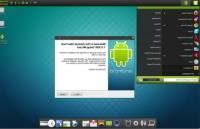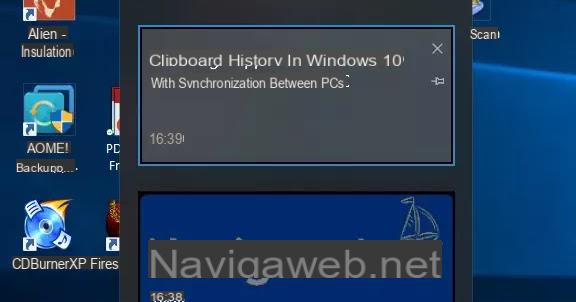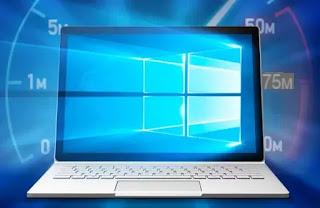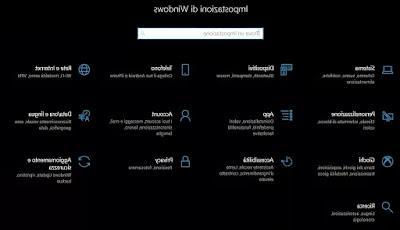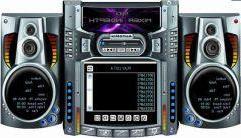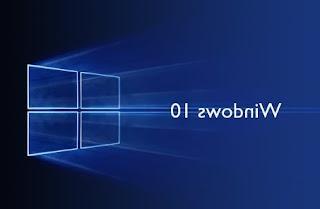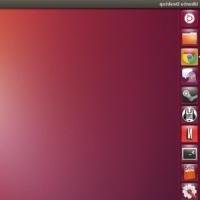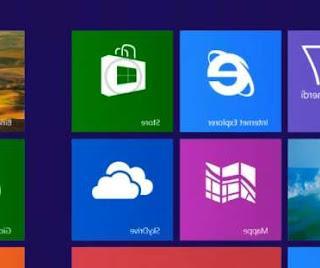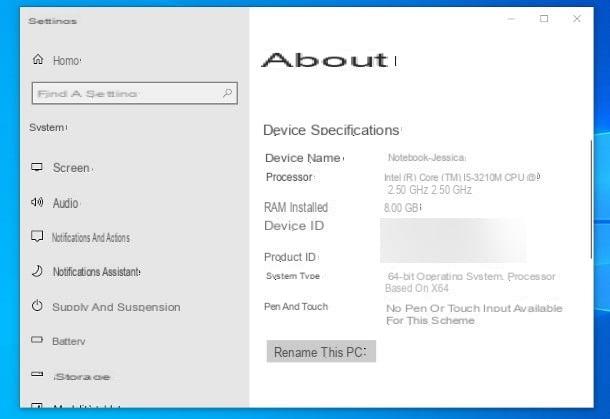Everyone may accidentally delete a file or remember not to save important data after formatting their PC. Luckily, however, there are some applications that allow you to limit the damage and recover files that have not yet been overwritten on your hard drive. And you know what the best thing is? They are free (at least in their basic version) and can be used on both Windows and Mac (as well as Linux).
If the topic interests you (and considering the fact that you're here now and reading these lines I'd say yes), let's do one thing: take a few minutes off for yourself and try to follow the directions I'm about to give you. Or better, try downloading one of the data recovery programs from the hard disk that you find indicated and exploded below and test its capabilities on your computer right away. You won't regret it!
I beg your pardon? You're not very knowledgeable about computer science and new technologies and you're worried that the tools I'm about to suggest are out of your reach? Come on, don't be a wimp. Apart from the fact that they are very easy to use but then I really don't see what you're worried about if I'm here with you, ready and willing to give you all the instructions you need. So come on, let's not stall any longer and let's get to work immediately. Are you ready? Yeah? Great! Let's do it. Happy reading!
EaseUS Data Recovery Wizard (Windows/macOS)

If you are looking for an advanced, yet easy to use solution to recover deleted data from your hard disk, I can only recommend EaseUS Data Recovery Wizard: it is a program, compatible with both Windows and MacOS, which allows you to restore any type of deleted files (photos, videos, music tracks, documents, compressed archives, etc.) from hard drives and SSDs (both internal and external), but also from pen drives, memory cards, cameras, smartphones, tablets and other storage devices. It also supports formatted disks, damaged disks, deleted partitions and RAW partitions.
Its operation is extremely intuitive and its interface is completely translated into your language. It is available in two versions: EaseUS Data Recovery Wizard Free, which is free and allows you to recover up to 500MB of data (which can be increased to 2GB, sharing the software online), and EaseUS Data Recovery Wizard Pro, which is priced from 66.69 euros and has no limits for data export. The Pro version can be downloaded at no cost from the EaseUS website but, if you don't buy the license, it only allows you to find out which files can be recovered, it doesn't allow you to export them.
That said, let's get to the action. To download EaseUS Data Recovery Wizard Professional for Windows, go to this web page and click the Free trial button. If you prefer to download EaseUS Data Recovery Wizard Free, please link to this other page of the EaseUS website and click the Free Download button.
When the download is complete, regardless of which version of the EaseUS Data Recovery Wizard you have chosen to download, open the .exe file you have obtained and answer Yes to the warning that appears on the screen. Then make sure that the EaseUS license conditions box (bottom left) is checked and press the Install now button to start downloading all the components needed for the software to work.
If you do not want to send anonymous usage statistics to EaseUS, click on Customize installation (bottom right) and uncheck the relevant box. At the end of the procedure, the automatic installation of the application will start automatically. Then click on the Start now button to close the window and run the program.

Once you start the EaseUS Data Recovery Wizard, all you have to do is click on the hard drive icon from which you want to recover data and press the Scan button at the bottom right to start scanning the drive.
At the end of the procedure, use the side-navigation bar to "browse" the folders where the program has found recoverable files, select the ones you want to restore (by checking the relevant boxes) and click on the Recover button, at the bottom right, to choose the folder where to save them.
If you want to filter the scan results to find specific file types, click on the Filter item, at the top, and choose which file types to display: Graphics, Documents, Video, Audio, Email, etc., using the menu that is proposed to you. If, on the other hand, you want to preview a file before recovering it, select it and click on the eye icon at the top right.
If you use a Mac, you can download the EaseUS Data Recovery Wizard by visiting the pages I linked to you before, clicking on the Mac version of the software and then clicking on the download button on the new page opened.
When the download is complete, open the .dmg package you got, drag the EaseUS Data Recovery Wizard icon into the Applications folder of your Mac and you will have the program installed on your computer - fast and easy!
DMDE (Windows/Linux)
DMDE is a great program that works both on Windows (the version I'll focus on in this paragraph) and Linux (but only from the command line), it's free (but eventually it's also available in a paid variant that allows you to work on multiple file types) and does not require installation. It allows you to intervene on both internal and external disks and the results are guaranteed, at least in most cases.
To download it to your computer, go to the program's website and press the Download DMDE for Windows button at the top.
When the download is complete, extract the ZIP archive obtained in any Windows location and then start the .exe file inside it and click Yes.
Now select your language through the window that appears on the desktop and click OK. Then accept the terms of use of the software by checking the appropriate box and click the Accept button.
Now that you finally see the main DMDE window, select the type and unit you are interested in and click on the OK button. Now, click on the Full Scan button at the bottom and click on Scan.

When the process is complete, select the reference volume from the left, press the Menu button, select Open Volume from the menu that appears and press OK.
Then explore the various locations of the chosen drive. When you locate files that you accidentally deleted from your hard drive and want to recover, check the box, click on Tools at the top, select Return... and click OK. The recovered files will be saved to their original location.

Didn't you find the items you are interested in the next step? If so, you can help with your search by clicking on the Tools menu, selecting Search in Found (to name) and setting specific filters as needed.
Recover (Windows)
If the hard drive recovery tool I told you about in the previous lines hasn't convinced you in a particular way and you are looking for a good alternative, I can only recommend you to try Recuva. It is a completely free and specific application for Windows operating system that allows you to recover photos, documents, videos and many other types of files that are accidentally deleted or lost due to crashes, viruses and other computer problems. Note that it was made by the developers of the famous CCleaner themselves (for more info, read my tutorial on how to download and use CCleaner).
To download Recuva to your PC, go to the program's website and click on the CCleaner.com link located under Recuva Free. If the download does not start automatically, press the Start Download button to force it.
When the download is complete, open the obtained .exe file and, in the window that appears on the desktop, select your language from the drop-down menu for the language selection at the top right, uncheck the box at the bottom for the installation of additional non-essential programs (e.g. Chrome) and click first on Install and then on Run Recuva, to complete the installation process and start Recuva.

In the window that opens, click on the Next button and put a checkmark next to the entry for the type of file you want to recover. If you want to see a complete list of all recoverable files on your hard disk, leave a check mark on All files. Then click Next to go to the next step.

Now select the In a specific location from the screen that opens and set the drive C: (or the drive letter from which you want to recover files) in the field below, by clicking on the adjacent Browse... button.
Now, click Next and then Start, wait for the list of recoverable files to appear and put a checkmark next to what you want to restore. The files that can be recovered without problems are those marked with green lights, the others are partially damaged (those with yellow lights) or almost unrecoverable (those with red lights). Finally click on Recover, select the destination folder and you're done.

If before recovering specific files you want to preview them (if available), press the Switch to Advanced mode button in the upper right part of the program window. The preview will be shown to the right after selecting the reference item from the list on the left. Also on the right, you can view more info about the selected file by selecting the Info tab.
If among the recoverable files you are shown you can't see the ones you are interested in, before starting the recovery procedure as seen above, tick the box next to the Enable in-depth scan item to perform an even deeper hard drive scan.
Wise Data Recovery (Windows)
Another great free solution for data recovery from hard disk on Windows is Wise Data Recovery, which allows you to restore data not only from local disk but also from memory cards, USB sticks, media players and other drives. Try it now and I'm sure you won't regret it.
To use it, connect to its official website and click the Free Download button at the top to start downloading the program to your PC.
When the download is complete, open the .exe file you just downloaded and click Run and click Yes. In the window that appears on your desktop, select I accept the terms of the license agreement and click Next twice in a row, then click Install and Finish to complete the setup.

So click Yes and, in the Wise Data Recovery window that appears, select the local drive from the drop down menu located at the top left and click the Scan button next to it, so that it will start scanning the drive.

When the procedure is finished, place a check mark next to the files that you want to recover and click on the Recover button located at the bottom right to choose the folder to copy them to.

Also in this software, files are marked by various indicators: the green dot indicates the data that can be restored without problems, the yellow dot indicates recoverable but probably damaged files, while the red dot indicates files that can not be recovered (if not in small part).
If before recovering a specific file you want to preview it to make sure that it is the correct item of your interest, select it from the list in the middle of the window. The preview will then be visible on the right.
Lazesoft Mac Data Recovery
Do you use a Mac? No problem! There are free and extremely easy to use hard drive data recovery solutions for MacOS as well. One of the best is Lazesoft Mac Data Recovery. It is quite effective and allows you to recover data not only from internal Mac hard drive but also from external hard drives.
To use it, connect to its website and click Free Download Now! so that the application can be downloaded to your computer.
When download is complete, open the newly obtained .dmg package and drag the Lazesoft Mac Data Recovery icon into the Applications folder of macOS, via the Finder window that appears on the screen, to install the software on your Mac. Then go to the Applications folder, right-click on the program icon and select Open from the menu that appears, so you can start Lazesoft Mac Data Recovery and get around Apple's limitations to developers who are not "blessed".

Then type the password for your user account on macOS and click the OK button. In the window that opens, select the Undelete option, click on the entry relating to the external disk for which you are interested in taking action, press the Start Search button and wait for the disk analysis procedure to start and complete.
To recover the deleted items found, expand the Lost File Results folder on the left sidebar and select the type of file you want to restore. If a file you want to recover is not in the Lost File Results folder, try searching for it in Lost or its source folder by selecting the respective paths from the program's sidebar.

Finally, put a check mark next to the names of the files you want to restore and click the Save Files button to choose the folder to copy the selected items to.
By going to the File type tab you can browse files directly by their extension, while using the search bar at the top you can quickly search for items to recover by their name. If you want to recover a preview of specific files, simply click on it.
Additional useful tools
The hard drive data recovery tools I told you about in the previous lines have not convinced you in any particular way and are you looking for further solutions suitable for the purpose? If so, you haven't been able to recover your files yet and would you like me to propose alternative resources? Then try to take a look at my post on how to recover deleted files, maybe there is some tool that can help you.
Other solutions that may be useful for this purpose can be found in my tutorial on deleted file recovery programs and in my article focused on hard drive recovery.

On the other hand, if the hard disk on which you want to intervene is damaged and using the programs I have already recommended you have not been able to "get a spider out of the hole". I'm sure you'll be able to deal with this.







